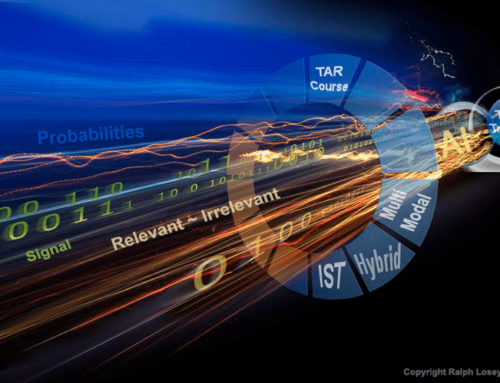What is an Analytics Translator?
In today’s world, companies have a never ending flow of data at their proverbial fingertips. Companies can either struggle with managing this data or they can use it to provide business advantages. In an effort to use the data as strategically as possible, many companies have created in-house data teams.
There are several roles within an in-house data team such as data architects, data engineers, and project managers. These are well-established roles that have been around for some time. However, there are newer positions that have been created like machine teachers and data hygienists. Professionals in these roles usually have a data science background.
Over the last few years, the analytics translator position has emerged. The key responsibilities of the translator are to democratize, interpret, and analyze data for companies. The analytics translator’s end goal is achieve business transformation and manage the endless amounts of data so companies can make better-informed and data-driven decisions. With top firms leaning more and more toward artificial intelligence and implementing robotic process automation the specific skills of the analytics translator are essential.
Even though analytics translators do not have a data science background, they use their skills to combine analytic and classic soft skills that serve as the bridge between the non-data and data worlds. They possess the technical skills to collaborate with teams like IT and business intelligence and data science teams while also having the business expertise that gives them credibility with finance, accounting, and operations departments. Being able to work with many different teams and departments allows translators to understand a company’s enterprise-wide strategic priorities and the process for providing the data needed to support them.
Analytics translators contextualize data and uncover business trends, challenges, and opportunities by using their big-picture perspective. They can tell a company what is being done well, behavioral trends of clients and customers, and other types of actionable insights. Translators also determine when data is “good enough” to support business analysis. This determination allows companies to move forward with decisions faster while still working within any limitations.
While it is necessary to “speak data” in the current business world, it might be even more important to have the ability to translate the data into a form that everyone in a company can understand.
For more Tidbits & Thoughts, please click here.






